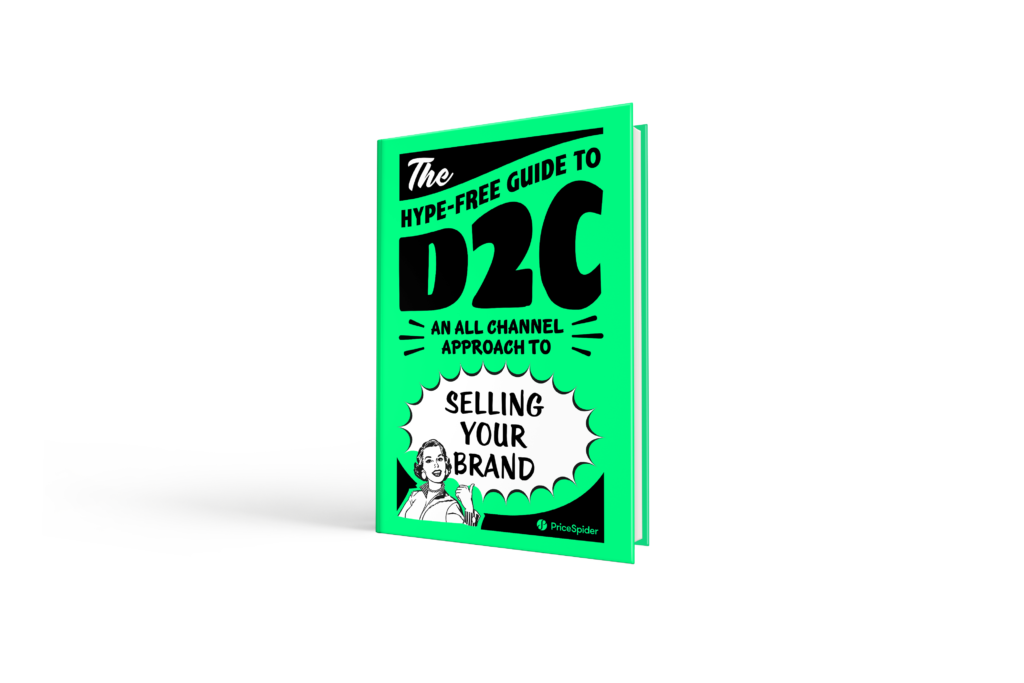Who hasn’t dreamed of dating a movie star? It’s next to impossible unless you’re in “the biz.” Of course your odds might dramatically increase if you got stranded with one — just ask the Professor. But would you really go through all the trouble of getting stuck on a desert isle just to shoot your shot?
Now think about your ecommerce strategy. You go through a lot of trouble to attract customers to your website. Once they arrive, you need to convince them to stay long enough to buy. You streamline the shopping experience, eliminating anything that could stand between a customer and the sale, including links to your retail partners.
All so you can shoot your shot. It’s understandable that so many brands prioritize direct-to-consumer (D2C) sales channels. It provides better margins, profits aren’t shared, and the brand gets to keep all of that precious customer data. It’s hard enough to get customers to choose a product configuration; do you really want to add another layer of choice by asking them to choose where to buy your product?
Actually, yes.
It seems counterintuitive, but presenting multiple paths to purchase doesn’t create “choice overload.” Some website visitors really want to buy your products from someone else. They’re looking for these offramps.
Consumers often prefer to buy from stores they’re already familiar with. When you don’t provide a path for would-be buyers to browse your products on a retailer’s site, your website becomes a remote island. It’s not where these customers want to be, and you’ve given them nowhere else to go. You’ve cut them off.
They’re stranded on your website.
Can’t they just leave if they want to?
Technically, someone stuck on a desert island can leave any time they want. They can always swim, right? But you can only swim so far. And who knows what might be lurking in the water.
This is the problem with stranding people on your website. Sure, they can go looking for your products on Google or a retailer’s site. But that’s more work than many of them are willing or able to do. And along the way, they may get intercepted by competitors who have advertised for your branded search terms.
Your website is Point A. Your product page on the retailer’s website is Point B. If you force your website visitors to forge their own path from Point A to Point B, you’re going to lose a lot of people who were ready to become customers.
They will leave and maybe figure it out on their own if they really want to. But you shouldn’t want them to do that.
Instead of assuming your website is a visitor’s final destination, treat it as a nexus. You don’t have to hide your D2C options or even deprioritize them. Just give your customers a clear, intuitive way to find your products at the retailers they know and love.
More than 2,000 brands — including leading brands such as P&G, Samsung, and Mattel — use PriceSpider Where to Buy to provide these paths. When customers arrive at these sites, they aren’t stranded and forced into a D2C channel. Instead, the product page provides expressways to retailers that carry the same product. And customers who want to buy directly from the brand still can.
See how Where to Buy enhances your D2C
Where to Buy and D2C aren’t mutually exclusive. In fact, they can complement each other. In our guide, How to Use Where to Buy Tech With D2C: The Omni-Channel Maximizer, we explore the ways these options work together to create a better customer shopping experience.


